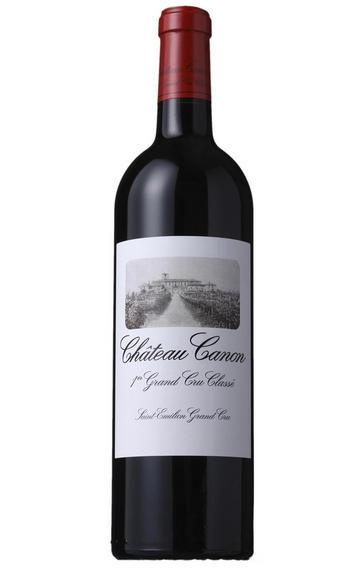
2011 Château Canon, St Emilion, Bordeaux
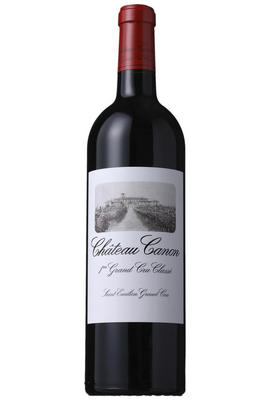
Critics reviews
The 2011 Canon is a blend of 70% Merlot and 30% Cabernet Franc. It is undoubtedly one of the stars of the vintage, certainly one of the strongest offerings from Saint Emilion. The nose is bright, animated and playful, with copious red cherries, fresh strawberry and dark plum aromas bursting from the glass.
The palate is medium-bodied with fine tannin, backwards compared to more extrovert Saint Emilions such as La Mondotte - a tensile, poised Saint Emilion that is destined to last longer than its peers. Classic in style, endearing and mineral-driven, this is a superb wine from the estate. This is a supreme success courtesy of former winemaker John Kolasa.
Drink 2018 - 2035
Neal Martin, Wine Advocate (March 2017)
A young red with polish and poise. It sneaks up on you. Full body with plum, blackberry and light mineral and chalk undertones. Extremely fine tannins that build on your palate. The texture makes this wine outstanding.
Drink now
James Suckling, JamesSuckling.com (February 2014)
Also brilliant, and actually not far off the 2005, the 2011 Canon is a nominal blend of mostly Merlot with 25-30% Cabernet Franc brought up in a mix of new and used French oak. Its youthful purple/plum color is followed by a sweet bouquet of red and black currants, kirsch, licorice, chalky minerality, and ample Asian inspired spices. Rich, full-bodied, and beautifully textured, it’s still youthful but drinking well, and has another two decades of prime drinking ahead of it. It’s a terrific 2011!
Drink 2020 - 2040
Jeb Dunnuck, JebDunnuck.com (February 2020)
Bright full ruby. Floral blackberry, raspberry, licorice, lead pencil and a faint herbal note on the nose. Juicy, spicy and precise, offering good sweetness to its red and dark fruit flavors. Finishes fresh, focused and long, with very good grip and a white pepper nuance.
Ian D'Agata, Vinous.com (July 2014)
About this WINE
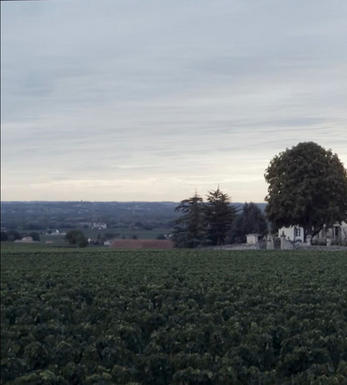
Chateau Canon
Château Canon, a famous St.Emilion property is named after Jacques Kanon who bought the estate in 1760. Since 1996 it has been owned by Chanel, who also owns Château Rauzan-Ségla in Margaux.
Located in the centre of the St.Emilion appellation, to the south-west of St-Emilion town, Canon has 18 hectares of vineyards split between the limestone plateau and the clay/loam côtes. They are planted with 55% Merlot and 45% Cabernet Franc. Vinification is traditional: up to 20 days in temperature-controlled wooden vats followed by 18 months' maturation in oak barrels (70% new).
This wine needs cellaring to show at its best and mature Canon reeks of the soft, buttery Merlot grape as only the very top St-Emilions and Pomerols can. It is classified as a 1er Grand Cru Classé (B).
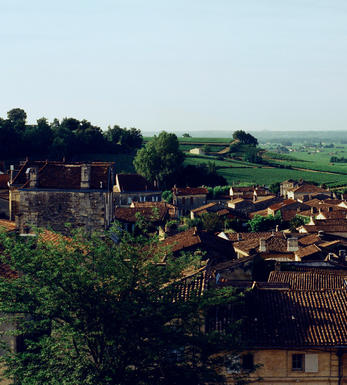
St Émilion
St Émilion is one of Bordeaux's largest producing appellations, producing more wine than Listrac, Moulis, St Estèphe, Pauillac, St Julien and Margaux put together. St Emilion has been producing wine for longer than the Médoc but its lack of accessibility to Bordeaux's port and market-restricted exports to mainland Europe meant the region initially did not enjoy the commercial success that funded the great châteaux of the Left Bank.
St Émilion itself is the prettiest of Bordeaux's wine towns, perched on top of the steep limestone slopes upon which many of the region's finest vineyards are situated. However, more than half of the appellation's vineyards lie on the plain between the town and the Dordogne River on sandy, alluvial soils with a sprinkling of gravel.
Further diversity is added by a small, complex gravel bed to the north-east of the region on the border with Pomerol. Atypically for St Émilion, this allows Cabernet Franc and, to a lesser extent, Cabernet Sauvignon to prosper and defines the personality of the great wines such as Ch. Cheval Blanc.
In the early 1990s there was an explosion of experimentation and evolution, leading to the rise of the garagistes, producers of deeply-concentrated wines made in very small quantities and offered at high prices. The appellation is also surrounded by four satellite appellations, Montagne, Lussac, Puisseguin and St. Georges, which enjoy a family similarity but not the complexity of the best wines.
St Émilion was first officially classified in 1954, and is the most meritocratic classification system in Bordeaux, as it is regularly amended. The most recent revision of the classification was in 2012
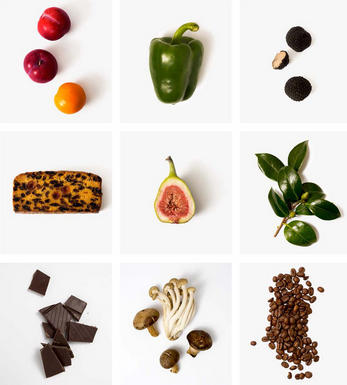
Merlot
The most widely planted grape in Bordeaux and a grape that has been on a relentless expansion drive throughout the world in the last decade. Merlot is adaptable to most soils and is relatively simple to cultivate. It is a vigorous naturally high yielding grape that requires savage pruning - over-cropped Merlot-based wines are dilute and bland. It is also vital to pick at optimum ripeness as Merlot can quickly lose its varietal characteristics if harvested overripe.
In St.Emilion and Pomerol it withstands the moist clay rich soils far better than Cabernet grapes, and at it best produces opulently rich, plummy clarets with succulent fruitcake-like nuances. Le Pin, Pétrus and Clinet are examples of hedonistically rich Merlot wines at their very best. It also plays a key supporting role in filling out the middle palate of the Cabernet-dominated wines of the Médoc and Graves.
Merlot is now grown in virtually all wine growing countries and is particularly successful in California, Chile and Northern Italy.


Buying options
Add to wishlist
Description
The 2011 Canon is a blend of 70% Merlot and 30% Cabernet Franc. It is undoubtedly one of the stars of the vintage, certainly one of the strongest offerings from Saint Emilion. The nose is bright, animated and playful, with copious red cherries, fresh strawberry and dark plum aromas bursting from the glass.
The palate is medium-bodied with fine tannin, backwards compared to more extrovert Saint Emilions such as La Mondotte - a tensile, poised Saint Emilion that is destined to last longer than its peers. Classic in style, endearing and mineral-driven, this is a superb wine from the estate. This is a supreme success courtesy of former winemaker John Kolasa.
Drink 2018 - 2035
Neal Martin, Wine Advocate (March 2017)
wine at a glance
Delivery and quality guarantee